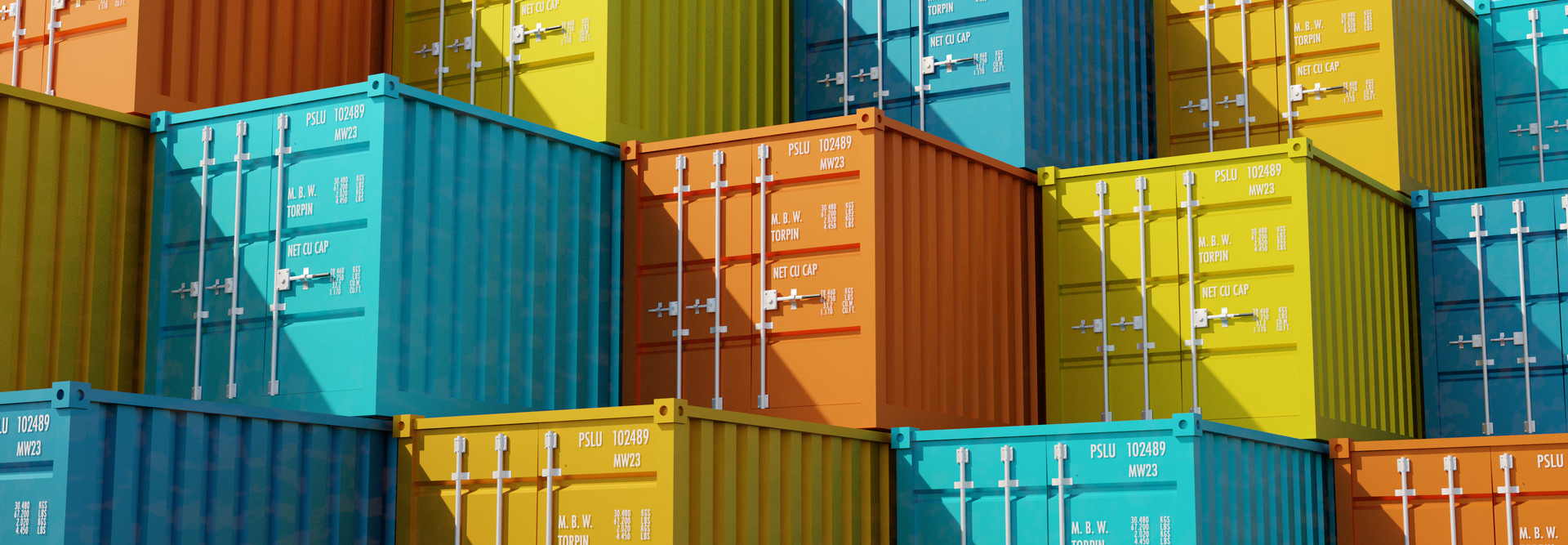How Do Containers Work?
Several companies have helped advance containerization technology since the early 2000s, but it wasn’t until 2013 that Docker really popularized containers in cloud deployments. Docker, an open-source tool, made it possible to build the components of an application, such as a database or web server, then deploy it in a variety of settings, like a local machine or cloud platform.
Earlier attempts paved the way, such as the Unix-based operating system FreeBSD. This included built-in technology called “jails,” which separated tasks in a similar way using virtual machine partitions. Similar technologies included Oracle Solaris Containers or Linux LXC; each one was beneficial, but neither was as enduring as Docker.
More recent technologies, such as WebAssembly, have also built on the Docker model. Docker and similar open-source tools, such as Podman and LXD, rely on infrastructure as code concepts to operate. Scripting made it possible for containers to automate easily and scale across cloud platforms like Google Cloud and Microsoft Azure.
While containers are usable on a variety of platforms, including MacOS and Windows, Docker and similar tools often virtualize lightweight variants of Linux. A common distribution used for containerization is Red Hat Enterprise Linux.
Linux is easily the most popular operating system for containerization, but it is also possible to run other operating systems, such as FreeBSD or Windows Server, inside of a container. (Microsoft even actively maintains a Windows-based Docker container).
The goal of using a consistent operating system like Linux to manage the containers is to help ensure a consistent result with no delay in functionality over time.
DIVE DEEPER: How to use Red Hat’s Ansible to create Kubernetes container clusters in Azure.
What Are the Different Types of Container Technology?
Containerization relies on a wide variety of technologies for deployment and management; some are unique to containers, while others are used more broadly. Here are a few examples:
- Container orchestration. These tools, particularly Kubernetes, help automate and scale large numbers of containers across different deployments, making them effective in DevOps Kubernetes, an open-source tool originally designed by Google, is a key element of Red Hat’s OpenShift, a Software as a Service software suite that helps manage containers across an organization. Katarki notes that Red Hat integrated Kubernetes into OpenShift to make it more accessible. “A lot of customers didn’t have the skill set to manage the complexity of running Kubernetes,” he says.
- Infrastructure as Code. Containerization works very effectively in Infrastructure as Code workloads, in which deployments are managed and scaled programmatically. This also makes automation possible.
- Continuous integration and continuous deployment (CI/CD): This automated workflow is used to manage and deploy code changes. Though not unique to containerization, it can dramatically improve the overall process.
- Container security tools: Just like any other type of technology used in the cloud, security is an important part of containerization. Tools like Palo Alto Networks’ Prisma Cloud and VMware’s Carbon Black manage these setups and help containers stay compliant.












